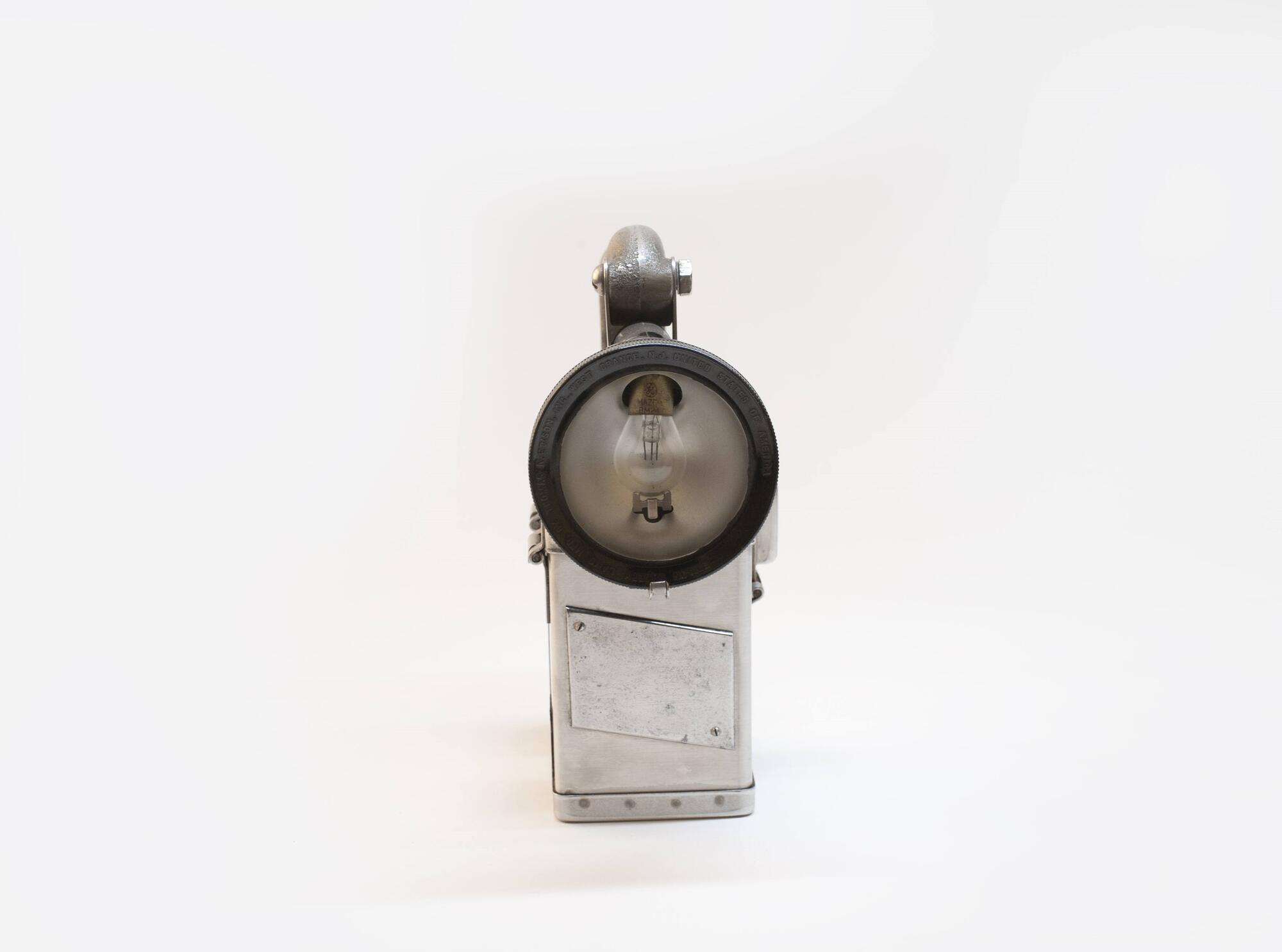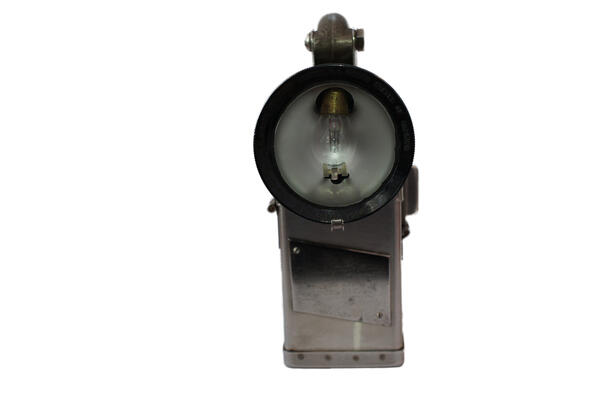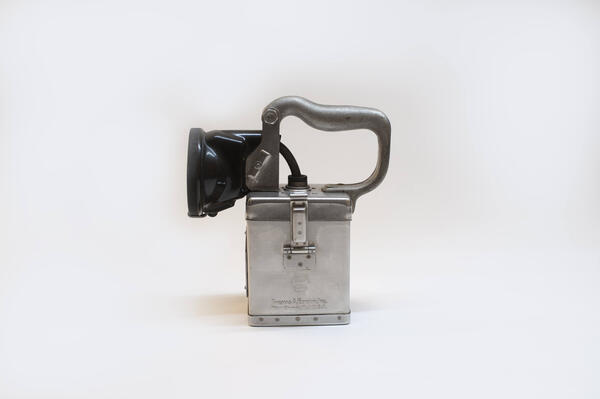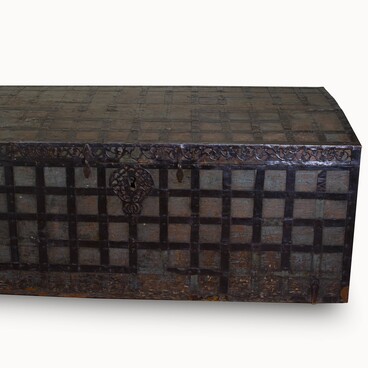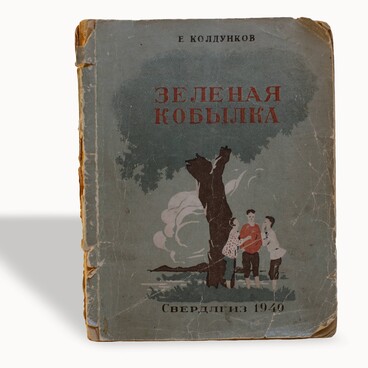Candles, oil lamps, the Davy lamp, then Wolf lamp and Edison’s safety lamp — the lamps that miners used underground to perform their dangerous and hard work — went through many evolutions. By the beginning of the 20th century, the issue of lighting in mines was successfully solved, and Thomas Edison was one of the contributors. He invented a device that was attached to a helmet or belt which was safe to use. It significantly improved the working conditions of miners. In the USSR, similar lamps were produced only after the Second World War at the Kharkov plant “Miner’s Light”.
In January 1946, Pavel Petrovich Bazhov was registered as a candidate for deputy of the Supreme Council. He traveled across the Krasnoufimsky electoral district and visited Revda, Polevskoy, Sazhino, Bisert, and Nizhniye Sergi. In each locality, he held meetings during which the beloved writer was presented with numerous gifts: Bazhov celebrated his birthday on January 27.
At the beginning of February, at the miners’ club of the town of Revda, the future deputy talked with the workers of the Degtyarsky copper mine. After Bazhov’s welcoming speech and a Q& A session, the members of the club staged for the writer a play based on his tale “Stone Flower”. It is likely that at that meeting Bazhov was given a lamp with a dedicatory inscription: “On the day of the 67th anniversary of our candidate for deputy of the Supreme Soviet of the USSR P.P. Bazhov from the miners of Degtyarsk.”
The Degtyarsky copper mine is one of three large mines mentioned in Bazhov’s works along with the Gumyoshevsky and Mednorudyansky deposits. The town was inhabited mainly by miners, people working “in the mountains”, and mine technicians — the heroes of his famous tales.
The lamp itself is quite rare. The American holding company “Thomas A. Edison, Incorporated” worked in various fields related to electricity, including lighting, sound recording, cinema and mass communications. Due to frequent accidents in American mines, the famous inventor and magnate Thomas Edison was asked to participate in developing a safe electric lamp. The company developed a battery enclosed in a steel case that kept the lamp running for 12 hours. The bulb of the lamp was made in such a way that the heated tungsten filament could not ignite the combustible gases in the mine.
There are several similar lamps in the catalog of the National Museum of American History, in which the battery is connected to the lamp with a flexible cord, but only one of those exhibits is similar to Bazhov’s gift.
In January 1946, Pavel Petrovich Bazhov was registered as a candidate for deputy of the Supreme Council. He traveled across the Krasnoufimsky electoral district and visited Revda, Polevskoy, Sazhino, Bisert, and Nizhniye Sergi. In each locality, he held meetings during which the beloved writer was presented with numerous gifts: Bazhov celebrated his birthday on January 27.
At the beginning of February, at the miners’ club of the town of Revda, the future deputy talked with the workers of the Degtyarsky copper mine. After Bazhov’s welcoming speech and a Q& A session, the members of the club staged for the writer a play based on his tale “Stone Flower”. It is likely that at that meeting Bazhov was given a lamp with a dedicatory inscription: “On the day of the 67th anniversary of our candidate for deputy of the Supreme Soviet of the USSR P.P. Bazhov from the miners of Degtyarsk.”
The Degtyarsky copper mine is one of three large mines mentioned in Bazhov’s works along with the Gumyoshevsky and Mednorudyansky deposits. The town was inhabited mainly by miners, people working “in the mountains”, and mine technicians — the heroes of his famous tales.
The lamp itself is quite rare. The American holding company “Thomas A. Edison, Incorporated” worked in various fields related to electricity, including lighting, sound recording, cinema and mass communications. Due to frequent accidents in American mines, the famous inventor and magnate Thomas Edison was asked to participate in developing a safe electric lamp. The company developed a battery enclosed in a steel case that kept the lamp running for 12 hours. The bulb of the lamp was made in such a way that the heated tungsten filament could not ignite the combustible gases in the mine.
There are several similar lamps in the catalog of the National Museum of American History, in which the battery is connected to the lamp with a flexible cord, but only one of those exhibits is similar to Bazhov’s gift.
